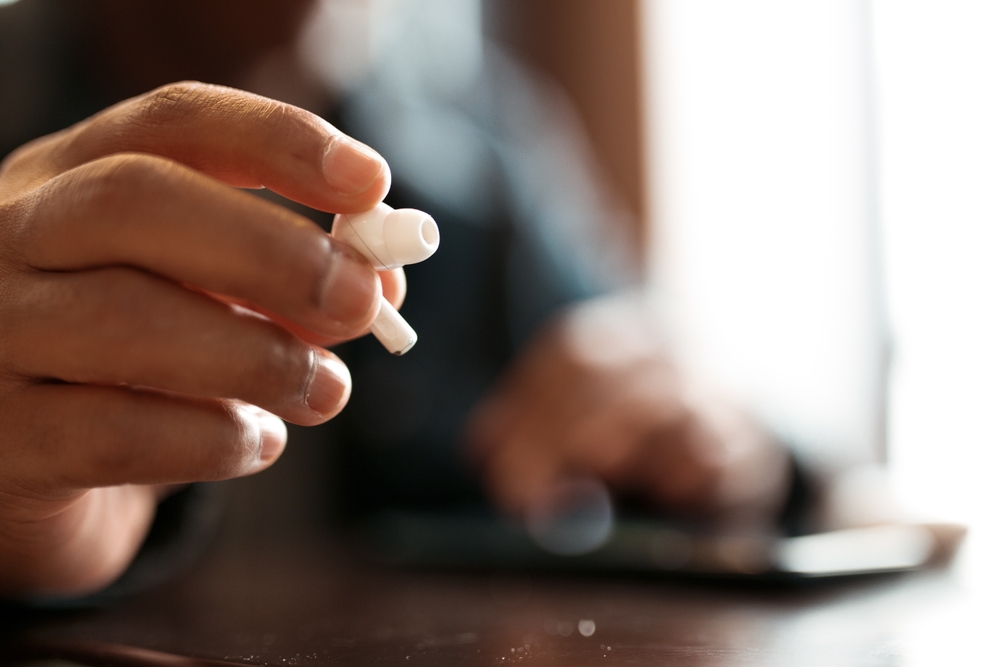In September, the FDA approved Apple’s groundbreaking software, transforming its $249 AirPods into clinical-grade, over-the-counter (OTC) hearing aids. This move aligns with the FDA’s decision from two years ago to ease access to hearing devices for people with mild to moderate hearing loss while reducing overall prices. Unlike traditional hearing aids, these OTC versions don’t require a prescription or consultation with an audiologist. They are more affordable and available for purchase online or in retail stores. However, those with severe hearing loss will still need medical attention. According to the World Health Organization (WHO), 1.5 billion people worldwide suffer from hearing loss, with aging being a common cause. This includes a quarter of individuals over 60. Studies also indicate that hearing aids can lower the risk of dementia. In the U.S. alone, roughly 28.8 million adults could benefit from using some type of hearing aid, as reported by the National Institute on Deafness and Other Communication Disorders.
Many brands, such as Eargo, Jabra Advanced, Lexie, Sennheiser, and Sony, now offer OTC hearing aids, priced significantly lower than prescription models, which can cost up to $6,000. Apple claims that users might need a few weeks to adjust to the new sound produced by the AirPods Pro. Having used them for just a few days, the reviewer noted their experience, although they didn’t have the full adjustment period Apple suggested.
Wearing the AirPods for several hours daily, the reviewer kept in mind that the battery life, with active noise cancellation turned on, lasts around six hours. This is considerably less than traditional hearing aids with replaceable batteries, which can last for days or even weeks. Nevertheless, they noticed a difference in how loud certain sounds became, such as TV, radio, and even normal conversations.
What surprised the reviewer most were the subtle sounds they had never paid much attention to before: the hum of air conditioning, the clicks of a keyboard, or the sound of hands on a railing. Over time, it is expected that these sounds will blend into a new normal as the brain retrains itself to process the amplified environment. There was some minor feedback in the right ear, which the reviewer suspected had more to do with fit than functionality.
In addition to the hearing aid feature, Apple offers a “Loud Sound Reduction” setting that minimizes environmental noise when using the AirPods in Transparency or Adaptive modes. The Health app on the iPhone also provides users with detailed information regarding hearing loss, making it a comprehensive tool for those dealing with auditory challenges.
One curious social aspect raised by the reviewer was the uncertainty of knowing whether someone wearing AirPods is listening to a conversation or simply tuned into music. With hearing aids disguised in popular tech like these, it’s hard to tell what’s really happening in those ears.


